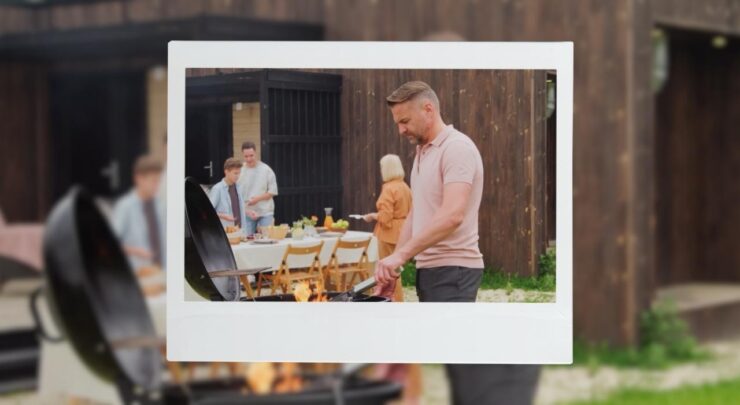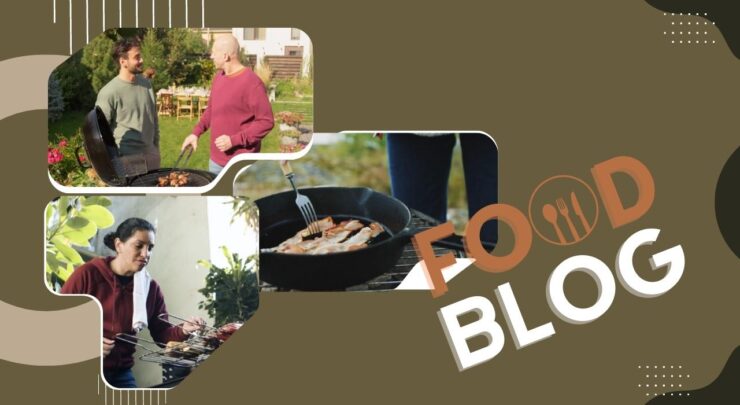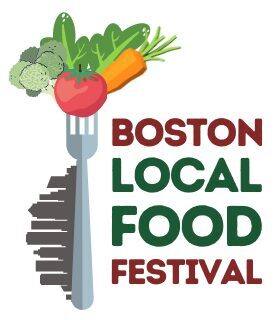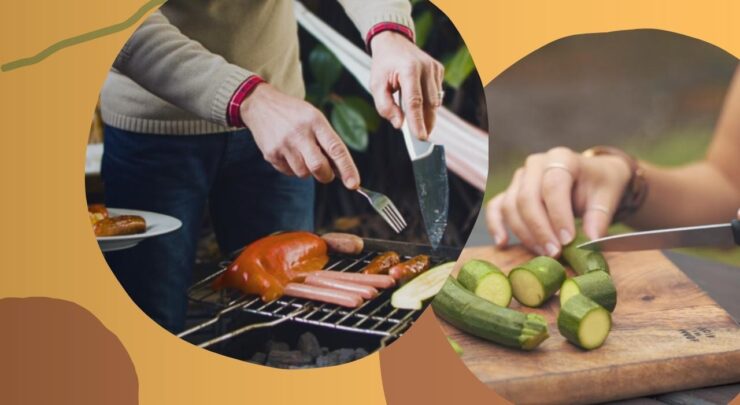In the not-so-distant past, outdoor cooking was a simple activity primarily limited to family gatherings, camping trips, and the occasional summer barbecue. However, over the years, what was once a humble backyard tradition has transformed into a full-blown social phenomenon that has captured the hearts and taste buds of people around the world.
The evolution of outdoor cooking culture has been marked by a convergence of factors, from changing lifestyles and technological advancements to a growing emphasis on community and gastronomic experiences.
In this article, we will delve into the fascinating journey of how outdoor cooking has evolved from its humble origins to becoming a global culinary and social trend.
The Beginnings of Backyard Cooking
The roots of outdoor cooking culture can be traced back to the simple act of grilling food over an open flame. Early humans cooked their meals over fires for both sustenance and safety, a practice that eventually evolved into a communal activity.
With the invention of the modern grill in the early 20th century, the concept of cooking outdoors became more accessible to the masses. Backyards became the preferred location for these gatherings, as families and friends gathered to enjoy grilled meats, vegetables, and the camaraderie that came with it.
The Barbecue Boom
As post-World War II suburban living gained momentum, so did the popularity of backyard barbecues. The 1950s and 1960s witnessed the rise of the suburban barbecue, where the grill became a symbol of social status and the epitome of a family-centered lifestyle.
The advent of portable grills and pre-packaged foods further fueled this trend, making it easier for families to host outdoor gatherings. Barbecues weren’t just about food; they were about community and creating lasting memories.
The Rise of Culinary Exploration
As society moved into the late 20th century, a shift began to occur. Outdoor cooking evolved from being a mere method of preparing food to becoming an avenue for culinary exploration.
People started experimenting with different cuisines, marinades, and techniques, elevating outdoor cooking from basic grilling to a form of creative expression. The backyard grill transformed into an outdoor kitchen, complete with smokers, wood-fired pizza ovens, and elaborate rotisseries.
Cultural Exchange and Fusion

One of the most intriguing aspects of the evolution of outdoor cooking culture is its role in facilitating cultural exchange. As people began to explore diverse culinary traditions, outdoor cooking became a means of bringing global flavors to local backyards.
Fusion dishes that combined elements from various cuisines started appearing at outdoor gatherings. The backyard became a canvas for cultural appreciation, and outdoor cooking provided a platform for sharing and celebrating different food heritages.
Technology’s Influence
The 21st century brought with it a technological revolution that inevitably impacted outdoor cooking. Grilling and smoking equipment evolved to incorporate smart technology, allowing for precise temperature control and remote monitoring through smartphone apps.
This not only made outdoor cooking more convenient but also attracted a tech-savvy generation to embrace the tradition. From Bluetooth thermometers to pellet grills with Wi-Fi connectivity, technology is seamlessly integrated into outdoor cooking, enhancing the overall experience.
Social Media and the Visual Feast

Enter the age of social media, and outdoor cooking took on an entirely new dimension. Platforms like Instagram, Pinterest, and dedicated food blogs became the virtual playgrounds for grilling enthusiasts to showcase their culinary prowess. These online spaces transformed outdoor cooking into a captivating visual spectacle, where each grilled masterpiece was not only savored but also shared with a global audience.
Cooking enthusiasts, armed with their smartphones, embarked on a quest to capture the perfect sear marks on a steak, the vibrant hues of grilled vegetables, and the artistic arrangement of barbecue platters. These snapshots of gastronomic excellence were more than just mouthwatering images; they inspired others to explore their creative boundaries. As the digital grilling community expanded, so did the exchange of ideas and techniques.
Food blogs such as Better Grills emerged as valuable resources for both beginners and seasoned grillmasters. From reviewing the latest grilling gadgets to providing step-by-step guides for achieving the perfect smoke ring, these blogs became a treasure trove of knowledge. Whether mastering the art of indirect heat or experimenting with wood chip combinations, these platforms offer a wealth of insights that encourage enthusiasts to push their culinary boundaries.
Moreover, the spirit of friendly competition flourished in this virtual landscape. The hashtag #foodporn took on a whole new meaning within the outdoor cooking community, symbolizing not only the celebration of mouthwatering dishes but also the skill and dedication behind their creation.
Outdoor cooking aficionados engaged in a friendly rivalry, showcasing their innovative recipes and techniques to gather likes, comments, and followers. This sense of camaraderie transcended geographical distances, uniting grill enthusiasts from diverse cultures and backgrounds under a shared love for culinary exploration.
In response to this digital movement, many outdoor cooking brands and experts seized the opportunity to engage with their audience on a more personal level. Live grilling demonstrations, interactive Q&A sessions, and behind-the-scenes glimpses into renowned pitmasters’ kitchens became common features. This direct interaction between experts and enthusiasts fostered a sense of mentorship, allowing beginners to learn from seasoned professionals and facilitating the exchange of tips and tricks.
Sustainability and Locally Sourced Ingredients
As society’s awareness of environmental issues grew, so did the outdoor cooking culture’s focus on sustainability. Many outdoor cooking enthusiasts began to emphasize the use of locally sourced, organic ingredients, reducing the carbon footprint associated with food production and transportation.
The shift towards sustainable practices extended to the types of fuels used as well, with an increased interest in charcoal made from renewable resources and wood pellets derived from sawdust and other byproducts.
Conclusion
From its humble beginnings as a simple fire-cooking method, outdoor cooking has evolved into a dynamic cultural phenomenon that reflects the changing tastes and values of society. What started as backyard barbecues has transformed into a global movement that celebrates culinary exploration, cultural fusion, technological integration, and environmental consciousness.
Outdoor cooking is no longer just about the food; it’s about the experience, the connections, and the memories created in the process. As we move forward, it will be fascinating to see how this phenomenon continues to evolve, adapting to new trends and technologies while preserving the timeless joy of gathering around an open flame to savor delicious food with loved ones.
The journey from backyards to a social phenomenon underscores our innate desire to connect, create, and savor life’s simplest pleasures.

